
Property Tax Calculation Made Easy

Having a house of your own, a place where you can forget all uncertainties and problems and be completely vulnerable is every individual’s dream. But is purchasing a home the only investment one makes in their lifetime? Well, absolutely not!

Gus Ruballo/Unsplash | Buying a house is only the beginning; one has to pay huge amounts to furnish the dwelling as per their taste and pay taxes regularly
Buying a house is only the beginning; one has to pay huge amounts to furnish the dwelling as per their taste and pay taxes regularly. It’s true! No matter how big or small, how equipped or unequipped your house is, you’ve got to pay tax for it. But instead of paying whatever the authorities ask of you, why not calculate your property tax yourself?
Come on, it’s not that difficult! You just have to follow the methods given below.
First, a gist about property taxes
Property taxes are calculated using the value of the property. That being said, owning empty land also doesn’t exempt you from paying taxes. Both land and the property built on it are taken into consideration while calculating taxes. Generally, tax assessors value a property between one to five years and then ask the owner to pay the amount due. They usually do so with the “Mill Levy Method” and the assessed property value.
This brings us to the next pertinent question.
What’s the Mill Levy method?
In the mill levy method, the tax rate imposed on your estate is used to ascertain the property tax, where one mill equals one-tenth of a cent. For instance, if your assessed property value stands at $1000, then one mill would equal $1.
Similarly, taxes imposed for each tax jurisdiction are calculated one at a time. Once the entire area’s taxes are ascertained, they’re added together to find the mill rate of the complete region.
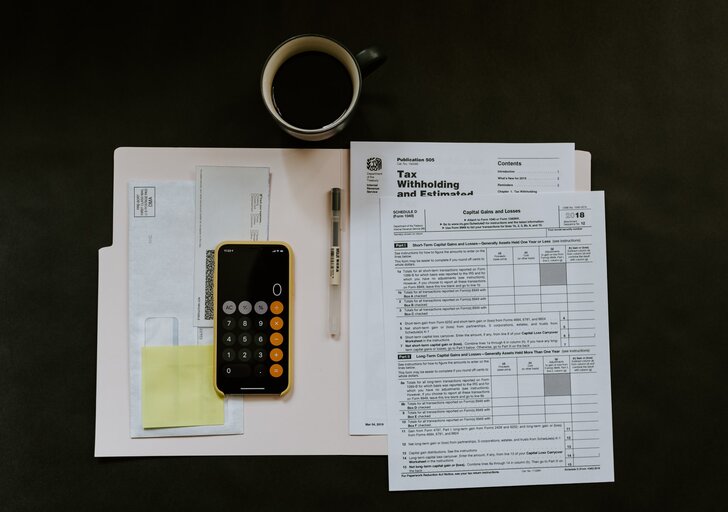
Kelly Sikkema/Unsplash | In the “mill levy” method, the tax rate imposed on your estate is used to ascertain the property tax, where one mill equals one-tenth of a cent
How to assess the value of the property?
After you’ve calculated the mill levy, you just need to multiply it with the assessed property value, and you will get the final amount you have to pay as tax. In total, there are three ways to find the value of the property:
#1 – Conducting a sales evaluation
As the name suggests, in this case the assessor compares the sales in the neighboring areas to find the value of the property. Things like the location, condition of the property, renovations, overall market value, etc., are noted and adjusted to ascertain the final amount.
#2 – Following the cost method
In this method, the assessor tries to find out how much replacing the property costs. If the estate is older, he includes depreciation and also determines its value if it were to be empty. In the case of new properties, realistic depreciation, the cost of building the property, and the labor cost are all deducted from the final amount.
#3 – Implementing the income method
Under this method, the assessor checks how much income you could have made if the property was a rental. He includes the costs of maintaining the property, insurance if any, taxes, and the return you could get from the estate. Later, the assessed value is multiplied by the assessment rate, and the result is multiplied by the mill levy to find the property tax due.

Kaleidico/Unsplash | Under the “income” method, the assessor calculates how much income you could have made if the property was a rental
Wrapping it up!
By now, you might have gone through the various ways of calculating property tax. So we can hope that from the next time onwards, you won’t depend on others to find the tax you’re liable to pay. Isn’t it?
More in Finance & Business
-
`
Why You Need to Think Twice Before Buying a House
So, you have been scrolling through real estate listings, envisioning your dream kitchen, and even bookmarking paint colors for the nursery....
November 26, 2023 -
`
Santo Spirits: Sammy Hagar and Guy Fieri’s Joint Venture
In the world of business partnerships, some combinations might seem unconventional at first glance. But when you delve deeper into the...
November 16, 2023 -
`
Everything You Need to Know About Mortgage Rate Lock
You have probably embarked on the exciting yet nerve-wracking voyage of purchasing a home. Amidst the sea of paperwork, open houses,...
November 9, 2023 -
`
7 Effective Ways to Make Your Business More Sustainable
In an age of rising environmental consciousness, making your business more sustainable isn’t just a trend; it’s a necessity. Sustainable practices...
November 3, 2023 -
`
Housing Market Going Up? Then Why Not Rent?
“Buy a house! It is the best investment!” How many times have you heard that? Probably enough to make a drinking...
October 29, 2023 -
`
Surprising! Celebs Who You Didn’t Know Had a Master’s Degree
When it comes to celebrities, we often associate them with glitz, glamour, and blockbuster movies. But did you know that some...
October 17, 2023 -
`
Navigating the Housing Maze: The 7% Mortgage Rate Quandary
If there is one thing that this year has thrown our way (apart from those fascinating tech gadgets we did not know...
October 12, 2023 -
`
Where to Buy a House in the U.S With a $100K Salary
Got a cool $100,000 annual paycheck in your pocket? Cheers to that accomplishment! With such a financial cushion, dreams of homeownership...
October 6, 2023 -
`
The “Grave” Housing Crisis Forcing U.S. Homeowners to Sell Their Houses
Every culture has its dreams and aspirations. For those living in the United States, it has traditionally been an idyllic house, spacious and...
October 1, 2023

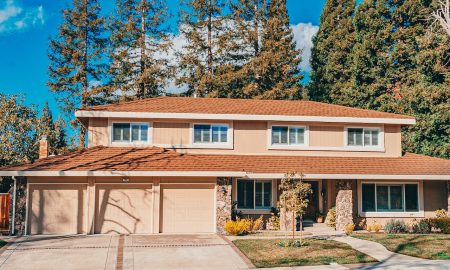

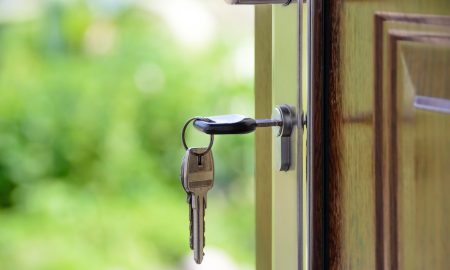





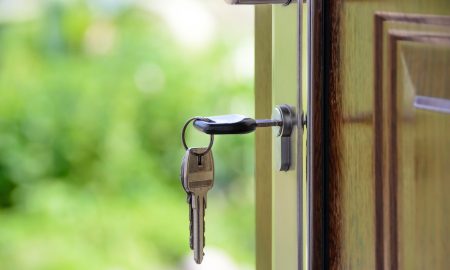


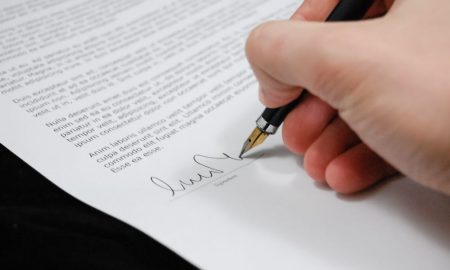


You must be logged in to post a comment Login